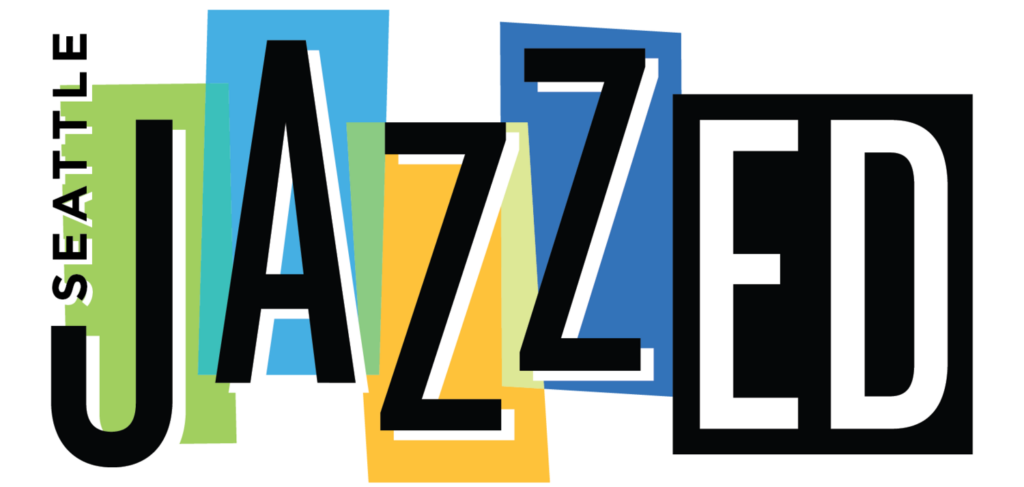By Tatyana Emery
Merry Wives of Windsor is a playful, jovial romp through a community’s shenanigans in anticipation of All Hallows’ Eve, or what we know today as the colorful and costumed fright night, Halloween. Masquerades and music of all kinds spill across the page and stage of Shakespeare’s autumnal comedy. In this adaptation, as set forth by the script’s adapter Eddie DeHais, the tight-knit community of Windsor is decidedly musical. The language reaches across genres, featuring rock and jazz—brought to life by musical direction of the talented Kataka Corn.
So, who makes this small town sing? On stage at the Center Theatre, it’s the musical stylings of Annie Lennox and Ella Fitzgerald. But what about Seattle?
Here in the Emerald City, the musical tapestry is as intricate as it is expansive and rich in history. It has long been associated with the grunge and rock n’ roll scene with such legends as Jimi Hendrix and Kurt Cobain. Synonymous with Seattle’s entry into the national music scene, Hendrix’s invigorating electric guitar and Nirvana’s explosive rock sounds orchestrated the Upper Left’s soundtrack as early as the 70s to the late 90s.
Of course, the PNW musical history extends even further back in time. Against the backdrop of a rainy 12th Avenue, the historic Washington Hall remains a keystone in the jazz scene of the Roaring 20s and Great Depression era music culture in the Central District. Prohibition-era clubs appeared in the Yesler Terrace neighborhood and in the International District as well, cementing the neighborhood’s status as an incubator for the tunes of local artists.1 Jazz clubs provided a safe space for the multicultural communities of Seattle to experiment with new sounds and delight in the era’s raucous parties clandestinely, hidden under the covers of music and performance. To this day, Washington Hall is an artistic hub open to the public, hosting events and celebrating the cross cultural contributions of Seattle’s immigrant, Black and Asian, Pacific Islander communities.2
One notable performer in the same nascent and flourishing jazz scene was singer Ernestine Anderson. Born in 1928, made an artist home for herself here in the Pacific Northwest after moving to the Central District in her youth.3 Garnering critical and global fame, Anderson’s iconic vocals were a staple amongst the hustle and bustle of an artistically vibrant Jackson Street. Though not born in Seattle, Anderson’s legacy has left a lasting impact on the city’s community—making it impossible to separate her decades-long career from Seattle itself. The Grammy-nominated vocalist lives on through not only her infamous cover of B.B. King’s “Never Make Your Move Too Soon” but as the namesake to the Low Income Housing Institute’s “Ernestine Anderson’s Place,” a housing resource for low-income seniors in the Central District and Capitol Hill.4 Her brilliance, her sonorous melodies, and her joy describe not only her music but her memory: a score set to love and community.
Since time immemorial, the Duwamish, Stillaguamish, Muckleshoot, Suquamish, Coast Salish, and Tulalip people have cultivated and protected the land that we know colonially as Seattle. As seen throughout a variety of cultures across the world and its stage, song and dance are a hallmark of engaging, meaningful and spiritual storytelling. Such storytelling continues today in the work of Johnny Moses, known traditionally as Whis.stem.men.knee or Walking Medicine Robe. Moses is an educator and healer hailing from the Tulalip Tribe.5
Johnny Moses’ work preserves the song and language of multiple tribal communities within the region. Whis.stem.men.knee records pieces that speak of welcoming transition, the changing of the seasons, and healing–in every stage of the year.6 Holding true to the values of tribal cultures across Turtle Island, Walking Medicine Robe’s teaching and cultural work emphasizes the power of music as a medicine. Currently available for listening, Johnny Moses has several recordings of songs originating from several Indigenous tribes of the Northwest. In the preservation of the oral tradition, Whis.stem.men.knee’s wisdom offers a steady rhythm and tends to the resilient heartbeat resounding in Native communities across the Puget Sound.
Like a needle of a record player, this article barely scratches the surface of all the wonderfully musical culture Seattle has to offer. If you are at all interested in learning more about one of these unique and vital artists and organizations that are featured here, please take look into the following references:
- Kaegan Faltys-Burr. “Jazz on Jackson Street: The Birth of a Multiracial Musical Community in Seattle.” Seattle, 2009. ↩︎
- History | Washington Hall, 1908. ↩︎
- Paul de Barros. “Jazz Great Ernestine Anderson Dies; Known for Smooth, Sweet Sound.” The Seattle Times, March 14, 2016. ↩︎
- “Ernestine Anderson Place” ↩︎
- “About Johnny.” Johnny Moses, 2003. ↩︎
- “Pacific Northwest Medicine Songs of the Four Seasons.” Johnny Moses on YouTube, 2018. ↩︎


